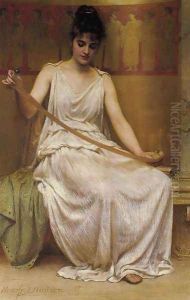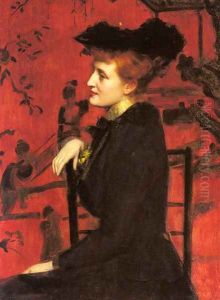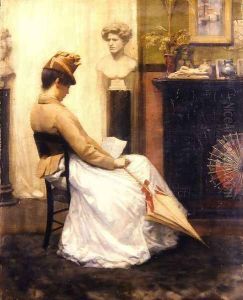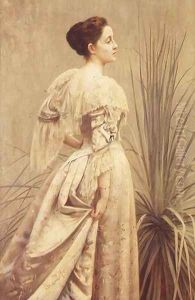Henry John Hudson Paintings
Henry John Hudson was a British painter known primarily for his portraits. Born on 21 January 1800 in London, England, Hudson was part of an artistic family; his father, William Hudson, was also a portraitist. Hudson's artistic inclinations were apparent from an early age, and he was trained by his father in the art of portrait painting. Despite the overshadowing fame of other portraitists of his era, Hudson developed a distinctive style characterized by a strong sense of realism and attention to detail.
Hudson's career spanned much of the 19th century, a period of significant change and development in the arts. He exhibited at the Royal Academy of Arts from 1818 to 1865, which helped to establish his reputation as a portrait painter. His works were appreciated for their refinement and the psychological insight they brought to the portrayal of his subjects. Hudson's portraits often captured the nuances of his sitters' personalities, a quality that made them sought after by the British elite.
The latter part of Hudson's career was marked by a decline in the popularity of his works. As the century progressed, artistic tastes evolved, and the grand manner of Hudson's portraiture fell out of fashion in favor of new styles and movements such as Impressionism. Despite this, Hudson continued to paint until his later years, remaining dedicated to his craft until his death on 14 December 1889.
While not as widely remembered today as some of his contemporaries, Hudson's contributions to British portraiture are still recognized by art historians. His works can be found in various collections, and they serve as a testament to the skill and artistry of portrait painters during the 19th century. Hudson's legacy lives on through the delicate brushwork and lifelike representations of the individuals he painted.



